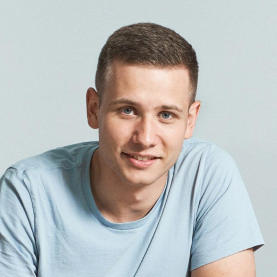Mastering Your MVP: Prioritizing the Main MVP Features

The process of creating a Minimum Viable Product (MVP) can be a daunting task. To ensure that you create a product that is effective and meets the needs of its users, it is important to prioritize the main features of the MVP. We will discuss how to master your MVP by choosing the most important features. We will provide tips and best practices for how to determine which features should be your top pick when building your MVP.
MVP vs. POC: Understanding the Difference

When developing a product, it is important to understand the difference between a Minimum Viable Product (MVP) and a Proof of Concept (POC). While these terms are often used interchangeably, they serve different purposes in the product development process.
An MVP is the smallest version of a product that can be released to the market and still provide value to users. It focuses on the core features that address the main pain points of the target audience. The goal of an MVP is to test the market and gather feedback from early adopters, which can then be used to iterate and improve the product.
On the other hand, a POC is a preliminary demonstration of the product's feasibility and potential. It is usually created to showcase a specific concept or technology to stakeholders, investors, or potential customers. Unlike an MVP, a POC may not have a fully functional product and may only demonstrate a specific aspect or feature. While a POC may help validate a specific technology or concept, an MVP is focused on delivering value to end-users and gaining traction in the market.
Why Is Choosing Features for an MVP Tricky?
Determining which features are essential for the MVP can be tricky. You need to consider the needs of your target market, the feasibility of the feature, and the impact it will have on the overall user experience. Besides, such factors as high competition, limited time, and budget make the process complicated.
Strategies for Prioritizing Features in Your MVP
When it comes to building an MVP, it’s essential to prioritize your main features effectively. While you may have a long list of features in mind, it’s important to focus on the ones that are crucial to your product’s core value proposition. Here are some strategies to help you prioritize features in your MVP.
User Wants vs. User Needs
User needs requirements are the features that are necessary to address a user's issue, whereas user wants are the optional extras that enhance the overall experience.
Conduct user research and gather feedback to identify the pain points and needs of your potential users. By prioritizing features that address these needs, you can create a product that resonates with your target audience and delivers value. Also, by putting user wants at the top of your priority list, you can make the product more compelling for users and differentiate it from competitors.
Feature Value to the Number of Users
You may make a product that is valuable and appealing to as many consumers as possible by giving priority to features that benefit the greatest number of users. These can be personal recommendations for users or the core feature of the product.
Third-Party Services
When it comes to developing your minimum viable product (MVP), incorporating third-party services can be a game-changer. There are various third-party services available on the market that can enhance different aspects of your MVP. For example, if your product involves payment processing, you can integrate with a popular payment gateway service to provide a seamless payment experience for your users. If your product requires real-time messaging or push notifications, there are numerous communication services available that can handle this aspect efficiently.
The key benefit of incorporating third-party services is that it saves you time and resources. Instead of building everything from scratch, you can leverage existing solutions that have been thoroughly tested and proven to work effectively. This allows you to focus on the core features of your product and deliver a higher-quality MVP in a shorter amount of time. However, it is essential to carefully select the third-party services you integrate into your MVP. Consider factors such as reliability, scalability, and the reputation of the service provider. You should also ensure that the services you choose align with your product's long-term vision and goals.
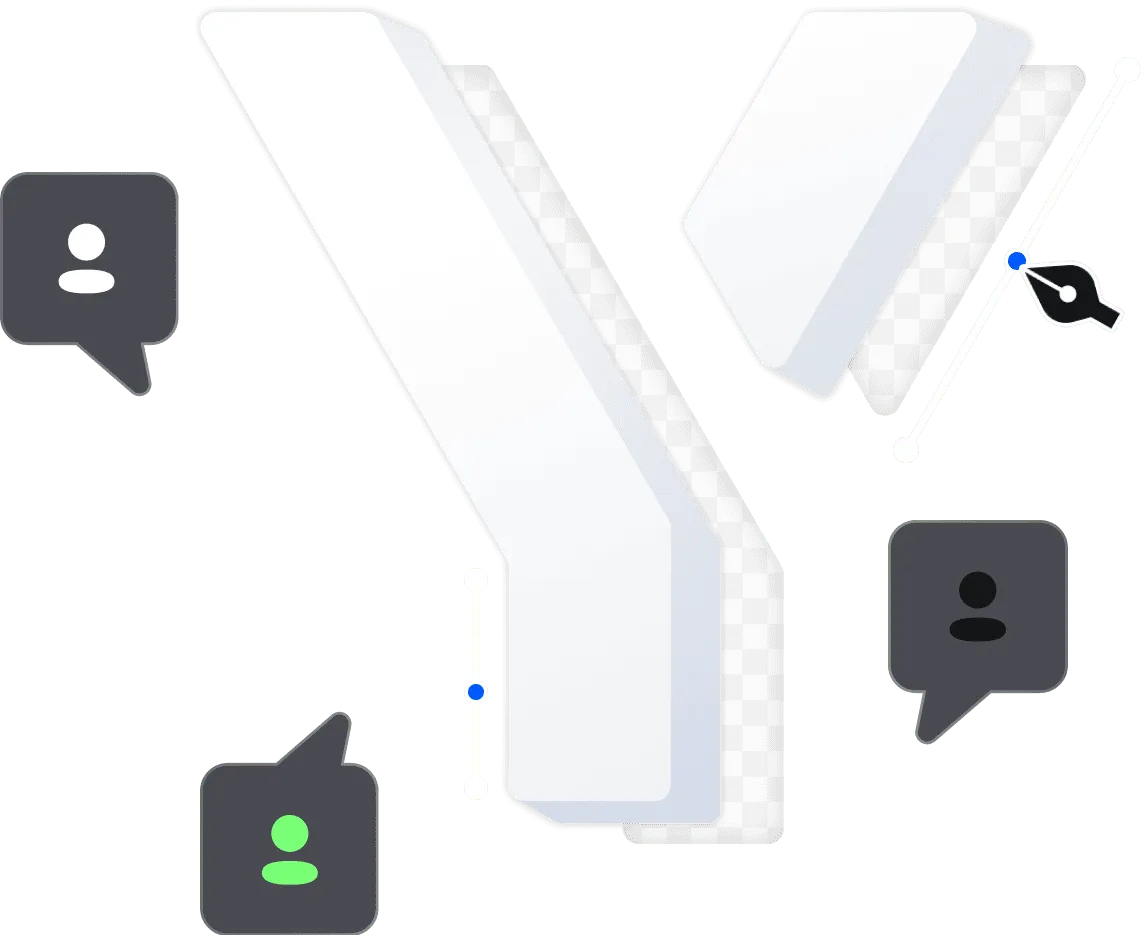
Do Competition Analysis
Prioritize distinctive features that benefit your consumers, but also take into account crucial characteristics provided by other businesses. By doing so, you may design a product that caters to customers’ needs and stands apart in an extremely competitive marketplace.
Stay Flexible
Staying flexible means being open to changes and adjustments throughout the development process. Your main features may evolve and shift as you gather feedback and learn more about your target audience.
Staying flexible allows you to adapt to new information and make the necessary adjustments to ensure your MVP is as effective as possible. It enables you to prioritize the main features that genuinely meet the needs and expectations of your users.
As you gather feedback from early adopters and beta testers, you may discover that some of your initial assumptions were incorrect or that certain features are not resonating with your target audience. This is a normal part of the MVP process and should be embraced as an opportunity for growth and improvement.
MVP Feature Prioritization Models
These models will help you prioritize your MVP features.
Kano Model Technique

The Kano model helps you classify features into three categories: must-haves, performance features, and delighters. Must-haves are basic requirements that customers expect, such as a functional product. Performance features are improvements that add value but aren't necessarily expected, such as a faster processing speed. Delighters are unexpected features that provide a “wow” factor. Start with the must-haves and then add performance features to enhance the product. Finally, consider adding delighters to differentiate your product from competitors and create a memorable customer experience.
Bubble Sort Technique
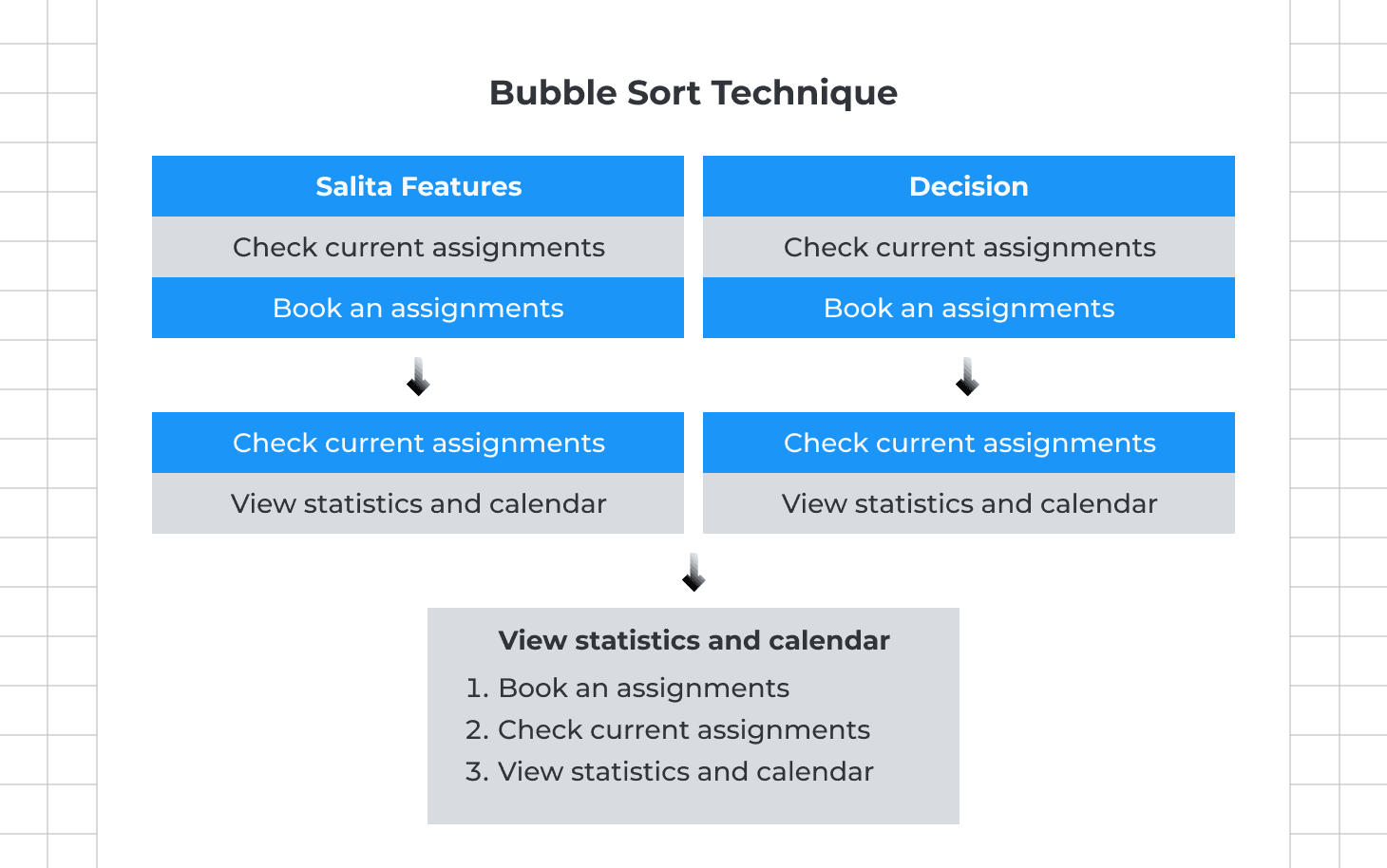
The bubble sort technique involves systematically comparing each feature and ranking them based on their importance and impact on the product's success. To implement this technique, start by listing all the features of your MVP. Next, compare each feature to one another and arrange them in order of importance. Begin by comparing the first two features and evaluating which one holds more value. If the first feature is more important, it should be ranked higher, and if the second feature is more crucial, it should be placed at the top of the list. Continue this process for every feature, gradually swapping their positions until they are all in the correct order. The bubble sort technique is particularly effective because it encourages a thorough evaluation of each feature, ensuring that the most impactful ones receive the highest priority.
MoSCow Matrix
The Moscow Model categorizes features into four main groups: Must-haves, Should-haves, Could-haves, and Won’t-haves. Must-haves are the essential features that are necessary for your product to function properly. These are non-negotiable and should be developed and implemented first. Should-haves are the features that are important but not critical for the initial release. These can be included in the MVP but can also be postponed to later iterations. Could-haves are the nice-to-have features that are not essential for the core functionality. These features can be added if time and resources permit. Lastly, Won’t-haves are the features that are deliberately left out of the MVP. These may be less important or may require significant time and resources to develop. They can be considered for future updates or releases but are not part of the initial scope.

Yojji Expertise

Yojji has built MVPs for startups in a variety of markets, including FinTech, healthcare, and education. Our specialists ensure your MVP has the necessary features. We offer a free consultation for you to learn more about our services and ask all the questions you have regarding your project.
Bottom Line
Prioritizing the main features of your MVP is crucial for its success. It helps you focus on delivering the most important features to your users while avoiding overloading your team and budget. Keep in mind that the MVP is not a finished product, but rather a starting point to gather feedback and iterate. Prioritizing the main features allows you to get the most valuable feedback from your users and adjust your product roadmap accordingly. Yojji can handle this process for you and make sure your MVP functions its best. Get a free consultation to learn more about cooperation with Yojji.

Yojji successfully delivered the project within schedule. They demonstrated excellent project management via weekly sprint demos and promptly made adjustments based on the client's feedback. Their responsiveness and collaborative attitude were key elements of their work.

5.0
Yojji was an instrumental part of the client’s team, working closely with them to achieve the product’s success. The team was very collaborative and timely, and their performance was amazing. Additionally, their resources were experienced, professional, and enjoyable to work with.

5.0
Yojii is impressive both in quality of development work as well as their commitment. Strong focus on delivery, highly technical personnel, flexible approach that allows for rapid development. Strong processes that allow for solid controls.
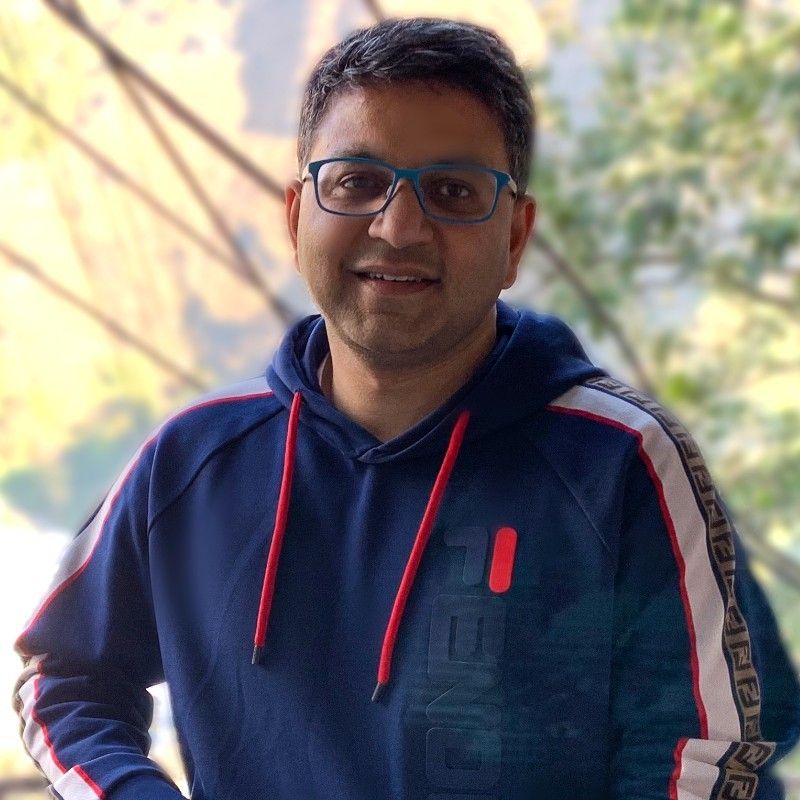
5.0
We’re very happy with the way that Yojji works, which is why we’ve spent so much money and engaged them for such a long time. We treat them as employees in regard to responsibilities and expectations, and they haven’t disappointed us.

5.0
As a company, we find Yojji to be excellent development partners - we cannot recommend them more highly and will be very happy to continue working with them in the future.

5.0
They are really nice people with excellent technical backgrounds.
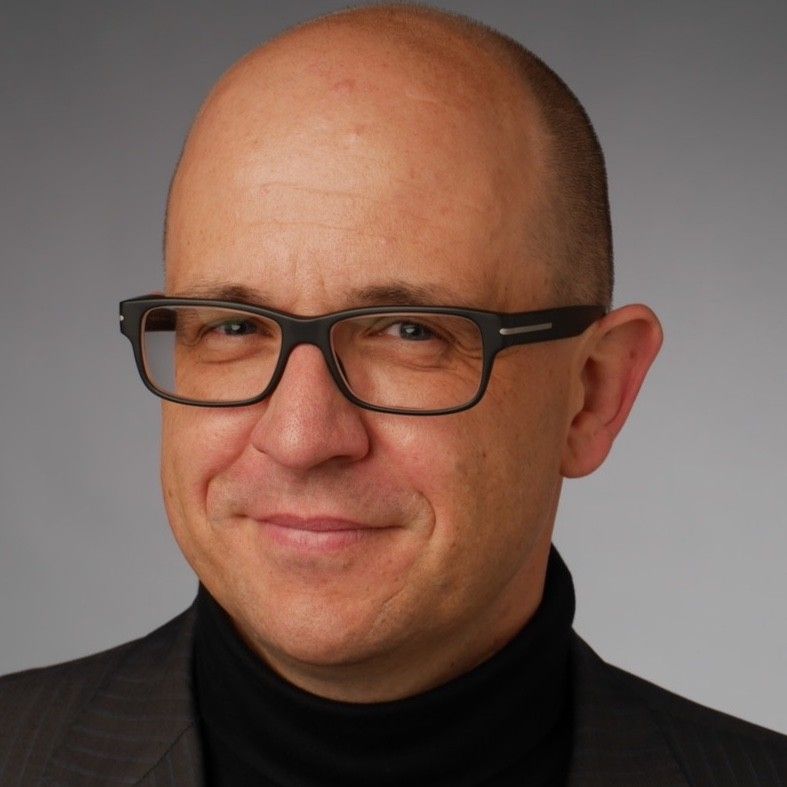
5.0
We used Agile project management methodology and were in contact with the team and project manager daily.

5.0
They all had a super positive outlook and were dedicated to getting the work completed to a high standard.

5.0
Yojji has delivered an accessible product with thorough consideration for the client's requirements. Users have commented on the platform's user-friendliness and speed. Moreover, the team is easy to communicate with and provides frequent updates. Their development and design skills are impressive.

5.0
